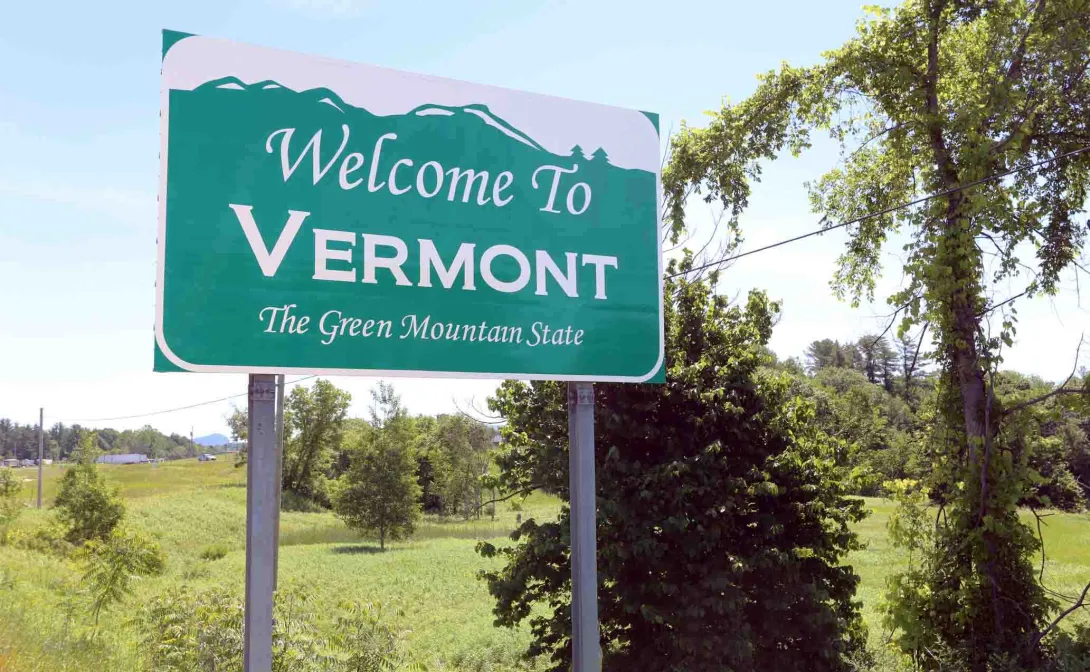
Photo: wellesenterprises/Getty Images
Major insurers have said they will be pulling back on Medicare Advantage plans for 2026 due to unprofitability in some markets.
In no state have the market cutbacks had more of an effect than in Vermont, which has seen the number of its MA plans cut from eight in 2025 to three for the 2026 plan year.
Both UnitedHealthcare and the Vermont Blue Advantage pulled out of the Vermont market for 2026. Humana is the only remaining MA insurer, offering three plans.
This leaves 35.68% of Vermont residents with Medicare having access to an MA plan, according to data released by the Centers for Medicare and Medicaid Services, prior to open enrollment on Oct. 15.
What’s happening in Vermont is an “acute symptom of a national trend of profitability,” said Kaj Samson, commissioner of the Vermont Department of Financial Regulation. “There are some Vermont-based issues here. For the most part, we’re seeing the national impact.”
In no other state have insurer cutbacks resulted in so few options for former Medicare Advantage beneficiaries. In other states that have experienced a slash in the number plans, 100%, or close to 100% of its Medicare residents still have access to an MA plan.
For example, adjacent New Hampshire lost 19 plans, going from 38 plans in 2025 to 19 plans that are available for 2026 coverage. However, 100% of people with Medicare in New Hampshire still have access to a Medicare Advantage plan.
Most Vermonters who formerly had an MA plan must now look for coverage through original Medicare or through the Affordable Care Act marketplace.
Both types of coverage come with costs not associated with Medicare Advantage, where an estimated half of plans have no premium.
Out-of-pocket costs will go up, Samson said.
“It’s a huge disruption and cost for Vermonters,” Samson said. “These plans served a lot of Vermonters well as far as affordability.”
Programs are available in Vermont for eligible seniors to help with affordability, Samson said.
The other option, Affordable Care Act marketplace coverage, is also facing challenges for 2026. The expected end of tax credits at the end of this year - one of the issues that forced a government shutdown - means premiums for ACA plans are increasing.
The result is that an estimated 8% to 10% of exchange market consumers in Vermont will go uninsured in 2026, according to Samson.
In terms of the impact of potentially uncompensated care on providers, his department has not explored that, Samson said. The focus of the Vermont Department of Financial Regulation remains on insurer regulation.
WHY THIS MATTERS: WHAT HAPPENED
Samson indicated that one reason for insurer financial issues is due to the relatively small size of Vermont’s population. Vermont has an estimated 600,000 residents.
“We do see this in all lines of insurance,” Samson said.
Other states with populations of less than 1 million are Wyoming, Alaska, North Dakota, South Dakota and Delaware, with Wyoming being the least populous.
Wyoming has 14 Medicare Advantage plans available in 2026, compared to 14 plans in 2025, with 100% of the population having access to a Medicare Advantage plan.
In all of the other states with populations of less than a million, with the exception of South Dakota, 100% of the population still have access to an MA plan, even if the number of plans have decreased. For example, North Dakota is going to 21 plans from 29 in 2025. Delaware increased its number of plans, from 35 last year to 37 for the 2026 plan year.
South Dakota will have 19 Medicare Advantage plans available in 2026, compared to 28 plans in 2025. An estimated 95% of residents in that state still have access to a Medicare Advantage plan.
It leaves the question, why Vermont?
Vermont Blue Advantage (VBA), which is part of Blue Cross Blue Shield Vermont, has had ongoing financial issues for at least for the last two years.
His department was in communications with BCBS Vermont about the decision to leave the MA market, Samson said.
“VBA had lost tens of millions in the last couple of years,” Samson said.
BCBSVT has reportedly lost approximately $50 million in VBA since its creation in 2020.
Samson is actively looking into Medicare Advantage benchmarks. These are the maximum monthly payment amounts set by the Centers for Medicare and Medicaid Services to insurers for covering Medicare beneficiaries.
“I have heard concerns from other folks in the industry about how MA benchmarks are being computed, about how low they are in Vermont,” Samson said. “This is something we’re interested in looking into.”
Samson wants to get MA insurers back into the state.
“Ultimately,” Samson said, “insurer profitability needs to be there regardless of the cost of care.”
Samson added: “Zooming way out, this is a CMS program. We have very little control. It’s really federal and CMS, they’re in a position to do something about it.”
THE LARGER TREND
According to CMS on Sept. 26, in Vermont, 167,220 individuals were enrolled in Medicare.
Nationwide, access to MA plans remains stable in 2026, with over 99% of Medicare beneficiaries having access to a plan, and 97% of Medicare beneficiaries having access to 10 or more MA plan choices, according to CMS. For plan year 2026, the total number of available MA plans nationally will decrease from 5,633 in 2025 to approximately 5,600 in 2026.
Email the writer: SMorse@himss.org